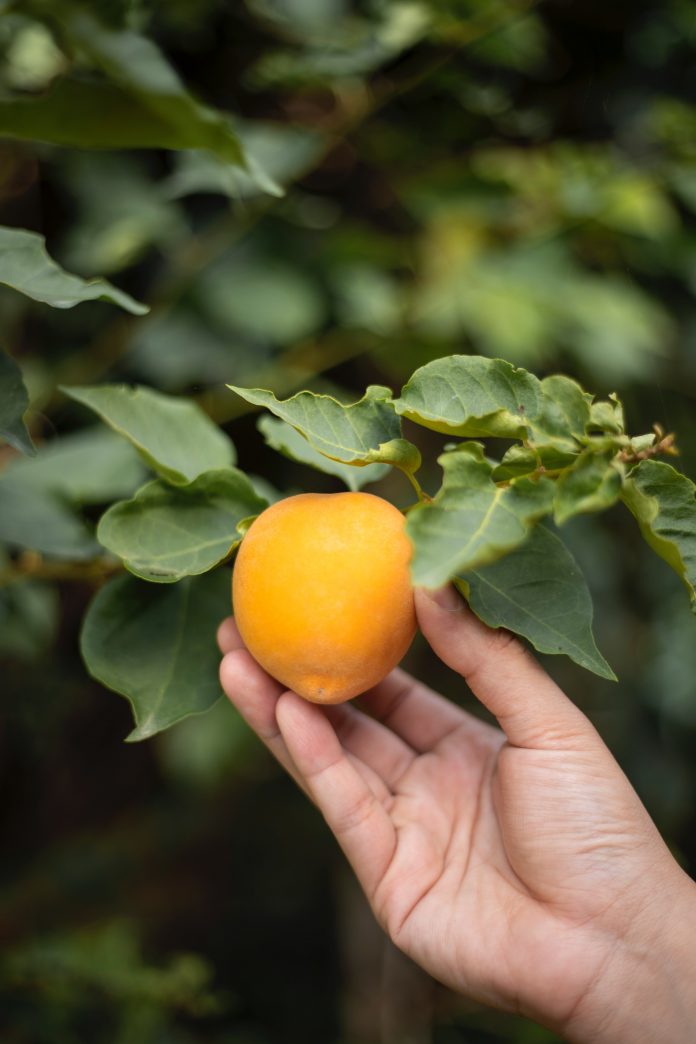If you’re looking for a new hobby, a way to lower your carbon footprint, a source of sustenance in case of an emergency, or just a way to be more self-sufficient, a food forest garden can be a great option for you. Planting a food forest garden will teach you new skills in gardening while providing you with some delicious food.
This type of garden is great for those trying to follow a sustainable lifestyle, as it improves the health not only of your diet but of your whole landscape. It also is easy to maintain once created, creating an off-the-grid survival method and a source of food for lean times. If you’re not a bit familiar with this type of garden, we’re going to break it down for you below.
What Is A Food Forest?
At its simplest form, a food forest is an edible forest garden. Instead of a traditional garden where lots of horizontal space is utilized, a forest garden minimizes horizontal space and utilizes vertical space. You’ll have tall canopy-like items on the top and various plants working their way down to the smallest ground covering.
Each layer of your food forest will be stacked together and situated so they receive the perfect amount of sun exposure. In this way, the food forest serves as a self-contained eco-system that protects and supports each element inside it, while also providing shade and nutrients to the soil that help out your local environment. It can attract pollinators and birds to your yard and improves air quality. Talk about benefits!
Gardening Made Easy
Your food forest will be specifically designed so that it’s productive, self-maintaining, and very low-maintenance. This is what makes it the perfect hobby for those who have a limited amount of time. You won’t need to worry about fertilizing your garden or weeding it as it will maintain itself as long as you pick the appropriate plants in the right order. The food forest is based on the principle of natural structure. You will spend more time researching, selecting specific breeds and plants, and doing your initial set up, in exchange for an easy to maintain garden. This means that it’s a great project to get started while the sun is shining, so to speak. The earlier you create one, the sooner you reap the benefits.
The Structure of a Forest Garden
Before you head out to get your landscape supplies, you need to design your food forest garden. You’ll want to start by choosing your canopy tree layer. The best options are fruit and nut trees, such as chestnut trees. Next, you’ll determine your under-tree layer. A great option is an apple tree that will grow just below the chestnut trees. Your understory layer will be full of bushes that are situated just below your under-tree layer. Lastly, you’ll have your ground covering layer full of plants like mushrooms and edible herbs. It’s a simple structure, but one that has ancient roots and a longstanding benefit for smaller garden areas.
Benefits of a Food Forest
Food forests can be great investments for both individuals and communities. While the scale of a community food forest is going to be much different than an individual food forest, they both have the result of providing food. This type of planting setup also allows for the natural renewal of the garden so there’s no need for fertilizing. Lastly, these gardens take up much less space than traditional horizontal gardening. It essentially maximizes yield while minimizing effort. Food forests also provide other physical benefits, such as a barrier for privacy and a source of shade. It’s a great way to teach those less used to gardening, such as children, basic gardening tools, and also gives those with more experience a chance to interact with a variety of different crops.
As you can see, food forests are becoming a popular trend to create sustainable food sources that are space-efficient. If you’re interested in starting your own food forest garden, you should take some time to identify plants that grow well together and pick what each layer is going to contain. This way, you know that your garden will grow successfully.
There are many online resources and Youtube videos that can show you how to go about everything from preparing the soil to selecting plants that work well together. If you’ve always wanted to be a gardener but didn’t know how to devote the time and effort, or if you are already working on a sustainable lifestyle but don’t have the room to really stretch your gardening muscles, consider the food forest garden. By seeking ways to be sustainable even in the smallest places, we can help encourage a culture of growth and natural, survival-focused living.




[…] Read also: How and Why to Plant a Food Forest Garden […]